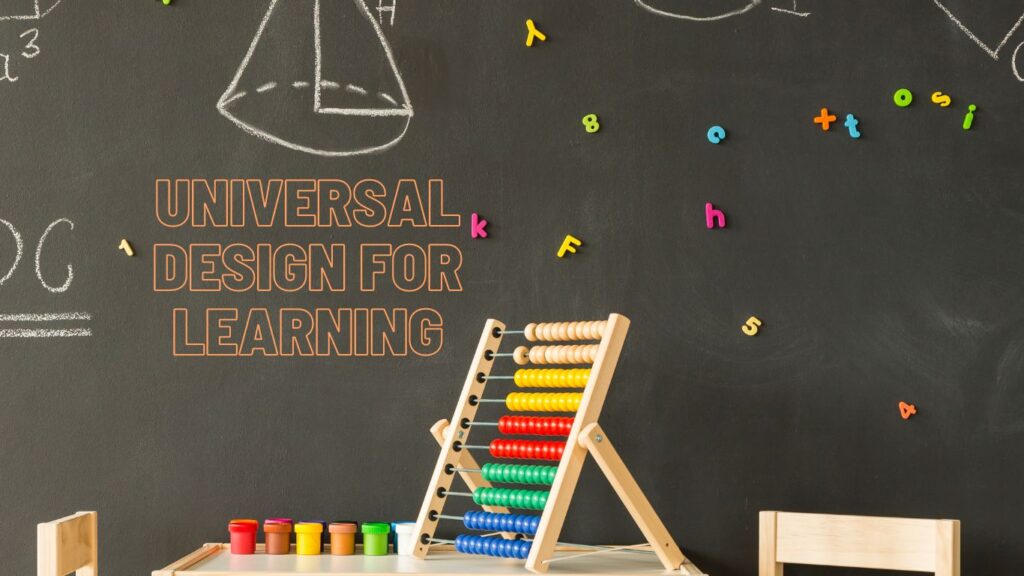What is Universal Design for Learning?
Universal Design for Learning (UDL) is an educational framework that aims to provide all students, including those with diverse learning needs, equal opportunities to access and engage in learning.
- UDL emphasizes the importance of designing flexible and inclusive learning environments that can be customized to meet the individual needs and preferences of students.
- The goal of UDL is to remove barriers to learning and create multiple pathways for students to acquire knowledge, demonstrate their understanding, and engage in meaningful learning experiences.
- UDL encourages the use of various instructional methods, materials, and assessments to accommodate different learning styles, abilities, and backgrounds.
- By implementing UDL principles, educators can promote equity, engagement, and academic success for all students, regardless of their disabilities, language barriers, or other challenges.
What are the key principles of universal design for learning?
- Multiple means of:
- Representation: Providing information in different formats to accommodate different learning styles and preferences.
- Action and expression: Allowing students to demonstrate their knowledge and skills in various ways, such as through writing, speaking, or creating.
- Engagement: Providing options for students to become motivated and engaged in their learning, such as through choice, relevance, and authentic tasks.
- Flexibility: Adapting instruction and materials to meet the diverse needs of all learners.
- Accessibility: Ensuring that all students have equal access to learning materials and resources, regardless of their abilities or disabilities.
- Collaboration and community: Encouraging collaboration and creating a supportive learning community where students can learn from and with each other.




